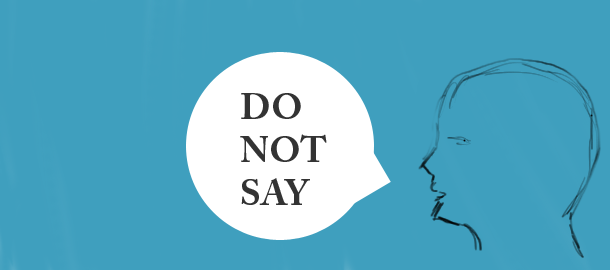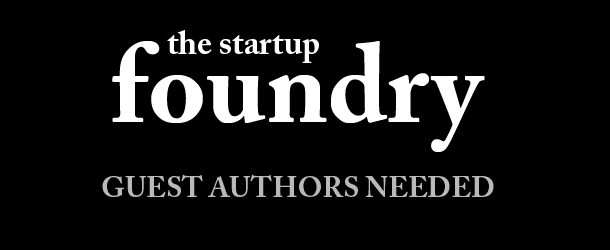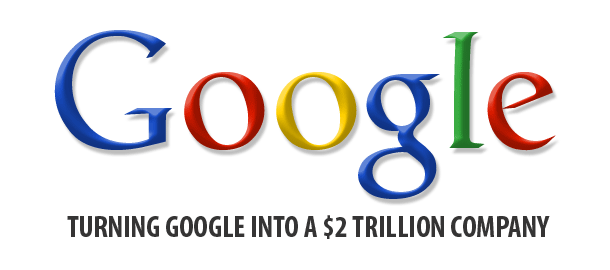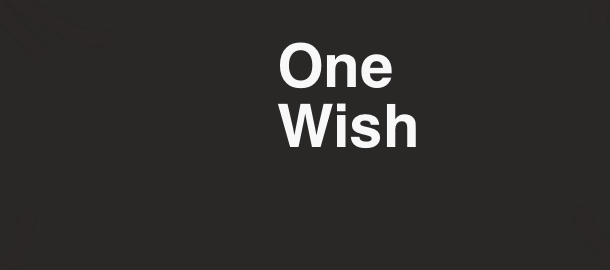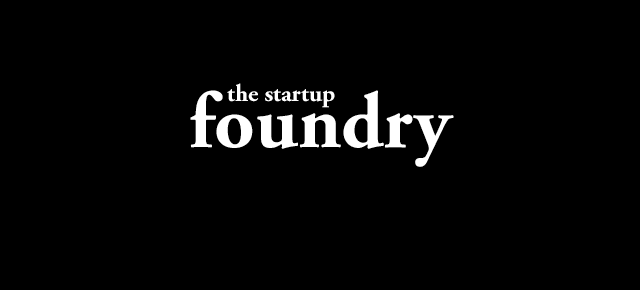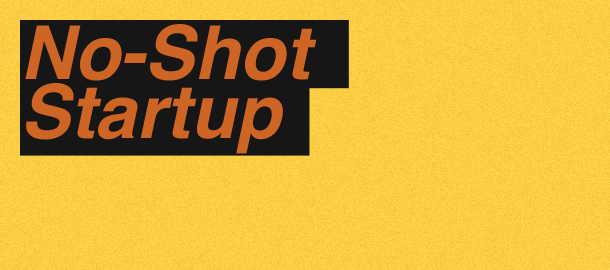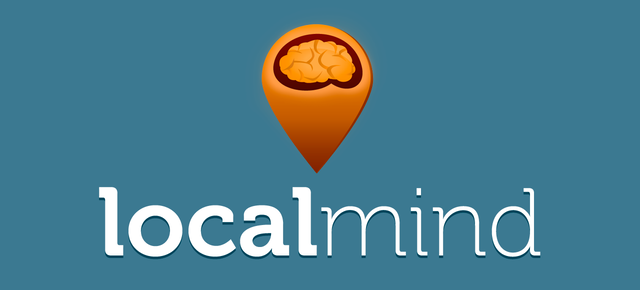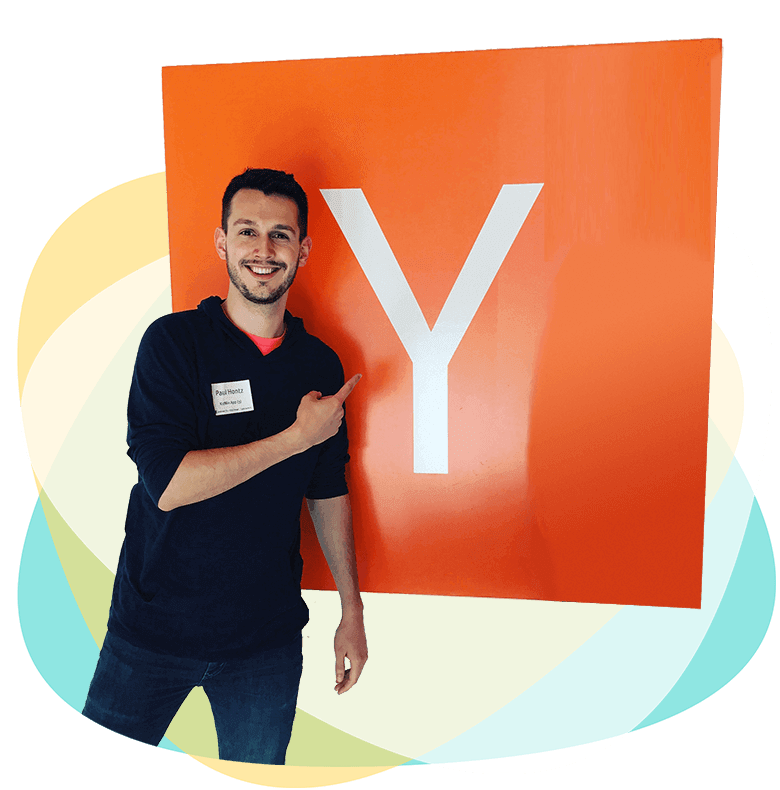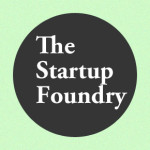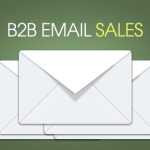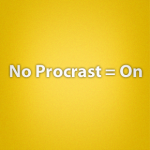Meet Investors, Line up Customers, and Help Others – A Guide to Startup Meetups
I had the privilege of sitting down with my friend Sanjay Parekh (from Startup Riot) to discuss how to get the most of startup events. In this interview we talk about how Sanjay went from being an introvert, to a networking machine. Sanjay discusses how he was able to get his first customer (because of an event for entrepreneurs), how he got press for his startup, and built connections with investors. You can read the highlights below the video.
Guidelines to being a good attendee:
If you see someone at all the events, chances are they don’t have anything of value.
1. Know what people are working on. This lets you figure out how you might be able to help them…
👉 Read Article.
